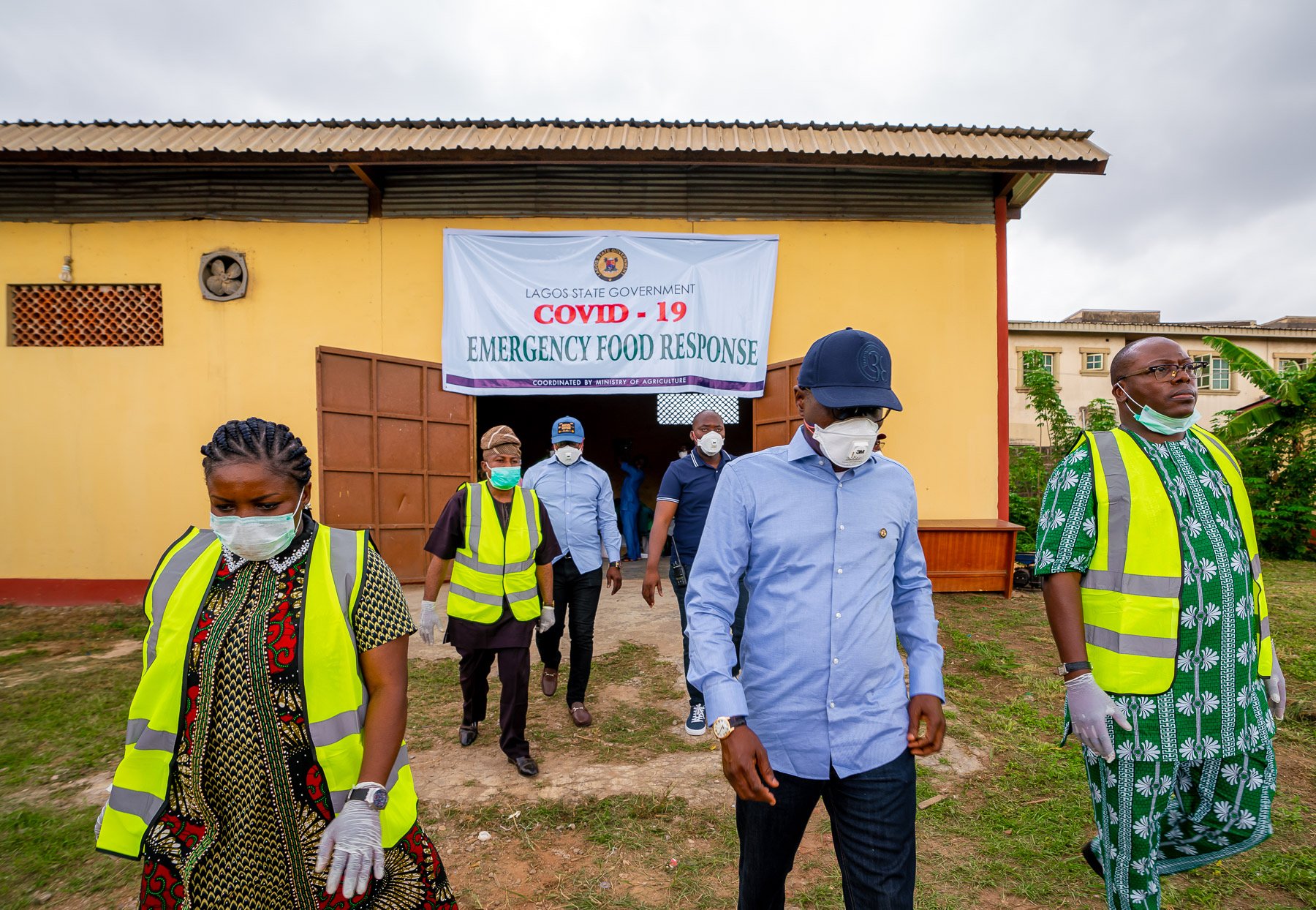BY ROY. U. ILEGBODU
Human coronaviruses, first characterized in the 1960s, are responsible for a substantial proportion of upper respiratory tract infections. Since 2003, at least 7 new human coronaviruses have been identified, including the Severe Acute Respiratory Syndrome (SARS) coronavirus, which caused significant morbidity and mortality. 229E, NL63, OC43 and HKU1 represent a group of identified group I coronaviruses that people around the world commonly get infected with. These common human coronaviruses have long been identified and associated with both upper and lower respiratory tract disease. MERS-CoV and SARS-CoV are relatively new human coronaviruses, representing a group of identified group II coronaviruses which evolved from animals and have also been associated with both upper and lower respiratory tract disease. The SARS epidemic put the animal coronaviruses in the spotlight.
On 31 December 2019, a pneumonia outbreak in China, which was first noticed earlier in December 2019, was traced to a new strain of coronavirus. This new strain was given the interim name 2019-nCoV by the World Health Organization (WHO), and later renamed SARS-CoV-2 or COVID-19 by the International Committee on Taxonomy of Viruses. This, now popular strain, has been identified as a strain of coronavirus from group II with approximately 70% genetic similarity to the SARS-CoV. As of 28 March 2020, there have been no less than 28,000 confirmed deaths and 600,000 confirmed cases of infection in the coronavirus pneumonia pandemic. As the days roll by and testing is intensified, these figures continue to climb, sometimes exponentially, indicating a present acceleration in the transmission of the virus.
While China has been accused of complicity in withholding crucial data on the outbreak of COVID-19, the World Health Organization also failed in its duty to adequately educate the world on the history and nature of coronaviruses in their initial report on the outbreak. These two factors have contributed in no small way to the widespread transmission of the COVID-19 disease. The data available as of today suggests that at least 165,000 people were infected by the virus in China alone. The resultant effect of this is that many more people have been infected, over the months, by the virus than is currently being revealed through testing. Apart from this, judging by the lifecycle of the virus, it is instructive to assume that an equally large number of those infected by the virus would have had their infections resolved without even realizing that they were afflicted by this particular virus. Added to this is that many people seem to simply carry this virus without showing any signs or symptoms. If this is the case, then, unless every single person is subjected to testing, the world is confronted with a colossal challenge in attempting to break the cycles of transmission. The foregoing likely accounts for why most of the forecasts made by countries and scientists have failed to be close to accurate to date. One thing that clearly stands out is that, scientists need to urgently come up with a new algorithm that employs some more radical assumptions to help determine the best approach to dealing with this ongoing pandemic.
What makes the present outbreak appear particularly bad, is the fact that it has touched all parts of the globe. Countries that prior to now, seemed less susceptible to communicable diseases, now find themselves in the forefront of the outbreaks. In spite of this, the reality is that the fatality numbers actually pale in comparison to what is witnessed in parts of Africa from other diseases, on an ongoing basis.
Advertisement
Africa has long been at the receiving end of the scourge of communicable diseases, with millions of lives lost annually without an end in sight. To briefly put things in context, before the advent of COVID-19, over 900,000 die in Africa every year, or 2,500 every day from lower respiratory tract infections which include those caused by other strains of coronaviruses. These already huge numbers do not include the over 4,000,000 people that die in Africa every year from Malaria, Tuberculosis, Diarrhea and other communicable diseases.
If the rest of the world had genuinely paid attention to these huge numbers that have been coming out of Africa over the years, enough would have been learnt on how to effectively manage such outbreaks and avoid the uncertainty, panic and significant economic disruptions generated by this present outbreak.
The current developments suggest that the coronaviruses identified in human infections and responsible for causing respiratory disease are heterogeneous and quite widely distributed. This clearly implies that additional human coronavirus strains will be discovered in the near future and stresses the need for more intense investigation into the virology and etiology of these and indeed other infectious organisms. Without any specific solutions in sight, if future strains of these viruses of even other pathogens have the potential to wipe out humanity, then we should all start counting our days.
Advertisement
With the full impact of this outbreak on global economies yet to be reconciled, the unfolding events provide the rare opportunity for world leaders to refocus their thinking, and allocate a much larger share of capital expenditure to global health concerns. High-income countries should take the cue and lead the battle by deploying appropriate and adequate technology and systems across the world, for collecting information on causes of death, with the ultimate goal of implementing a global strategy for improving the production of high quality cause-of-death data, enhancing research, improving health and reducing preventable deaths globally.
Ilegbodu is a pilot and CEO of a Nigerian airline.
Add a comment






